Rising Participation in Golf
The Golf Ball Market experiences a notable increase in participation rates, particularly among younger demographics. This trend is driven by various initiatives aimed at making golf more accessible and appealing. According to recent data, the number of golfers has risen by approximately 10% over the past five years, indicating a growing interest in the sport. As more individuals take up golf, the demand for golf balls is likely to surge, thereby propelling the Golf Ball Market forward. Additionally, golf courses are increasingly offering programs that cater to beginners, which may further enhance participation rates. This influx of new players could lead to a diversification of product offerings within the Golf Ball Market, as manufacturers seek to meet the varying needs of both novice and experienced golfers.
Emergence of Online Retail Channels
The rise of e-commerce is transforming the Golf Ball Market, as more consumers turn to online platforms for their golfing needs. The convenience of online shopping, coupled with the ability to compare prices and read reviews, has made it an attractive option for golfers. Recent statistics indicate that online sales of sporting goods, including golf balls, have increased by over 20% in the past year. This shift towards digital retailing may lead to a broader reach for manufacturers and retailers within the Golf Ball Market. Additionally, online platforms often provide personalized recommendations and subscription services, which could enhance customer engagement and loyalty. As the trend towards online shopping continues, the Golf Ball Market may see a significant transformation in how products are marketed and sold, potentially leading to increased sales and brand visibility.
Technological Innovations in Golf Balls
Technological advancements play a crucial role in shaping the Golf Ball Market. Manufacturers are continuously investing in research and development to create golf balls that enhance performance and cater to specific player preferences. Innovations such as multi-layer construction and advanced materials have led to the production of golf balls that offer improved distance, control, and feel. For instance, the introduction of urethane covers has been linked to better spin control, appealing to both amateur and professional golfers. As these technologies evolve, they are likely to attract more players to the sport, thereby expanding the Golf Ball Market. Furthermore, the integration of data analytics and performance tracking in golf balls may provide players with insights to improve their game, potentially increasing their loyalty to specific brands within the Golf Ball Market.
Growing Interest in Eco-Friendly Products
The Golf Ball Market is witnessing a shift towards sustainability, with an increasing number of consumers expressing interest in eco-friendly products. This trend is driven by heightened awareness of environmental issues and a desire for sustainable practices within the sporting goods sector. Manufacturers are responding by developing golf balls made from biodegradable materials and implementing sustainable production processes. Recent surveys indicate that approximately 30% of golfers are willing to pay a premium for environmentally friendly products. This growing demand for sustainable options may lead to a significant transformation in the Golf Ball Market, as brands that prioritize eco-conscious practices could gain a competitive edge. Additionally, partnerships with environmental organizations may enhance brand reputation and attract environmentally aware consumers, further driving growth in the Golf Ball Market.
Increased Investment in Golf Infrastructure
Investment in golf infrastructure is a key driver for the Golf Ball Market. The construction of new golf courses and the renovation of existing ones are on the rise, reflecting a renewed interest in the sport. Recent data suggests that the number of golf courses has increased by approximately 5% in the last three years, indicating a positive trend for the industry. This expansion not only provides more venues for golfers but also stimulates demand for golf-related products, including golf balls. As more facilities emerge, the Golf Ball Market is likely to benefit from increased sales, as new players enter the sport and existing players seek to upgrade their equipment. Furthermore, enhanced facilities may lead to higher participation rates, creating a virtuous cycle of growth within the Golf Ball Market.



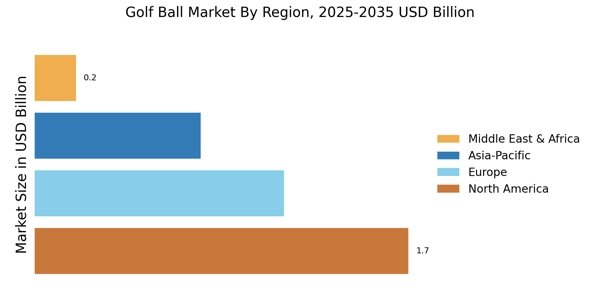
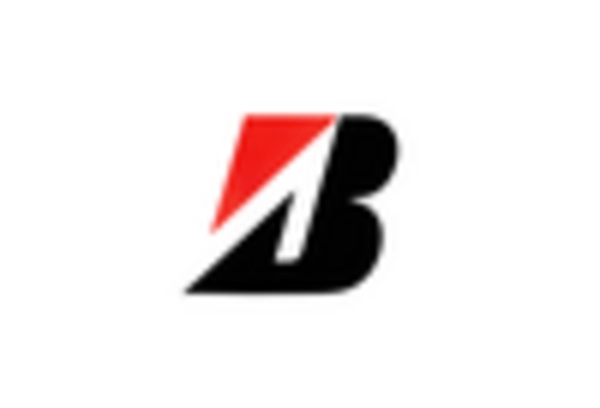

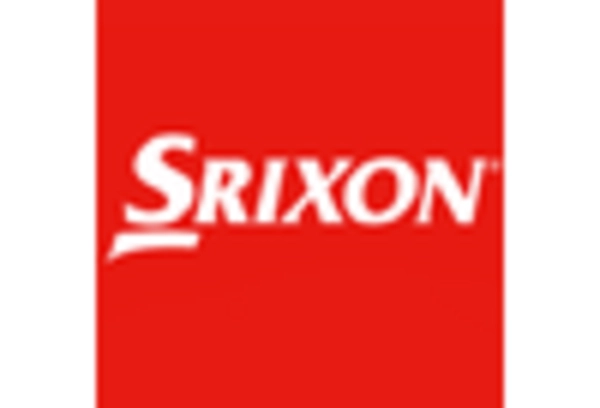
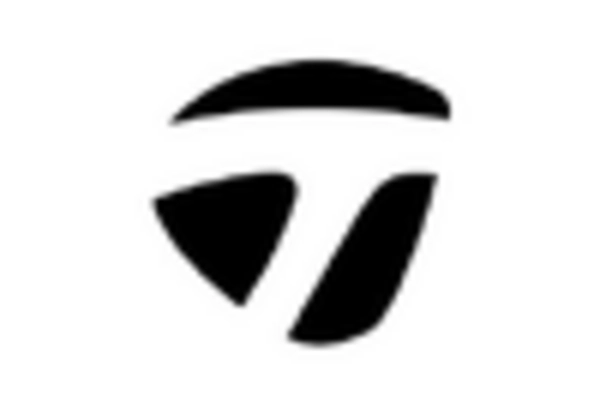
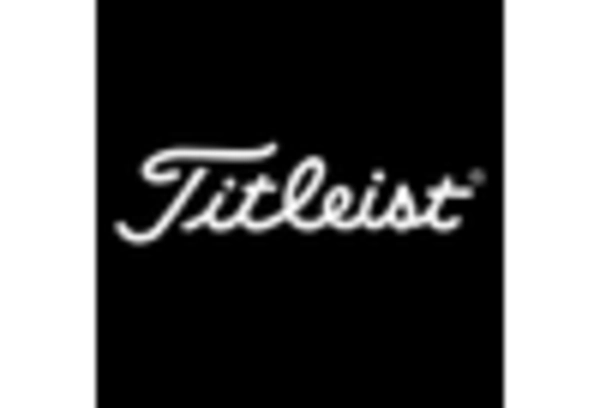
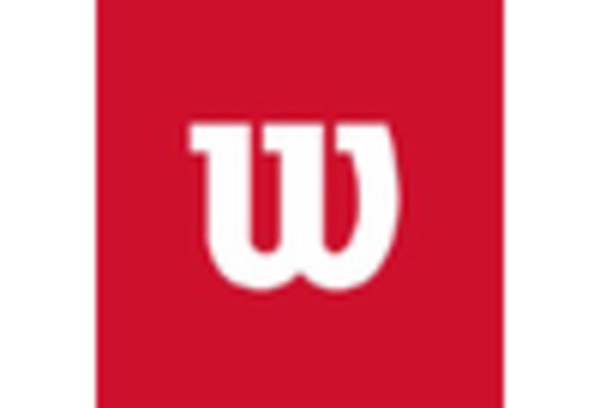








Leave a Comment